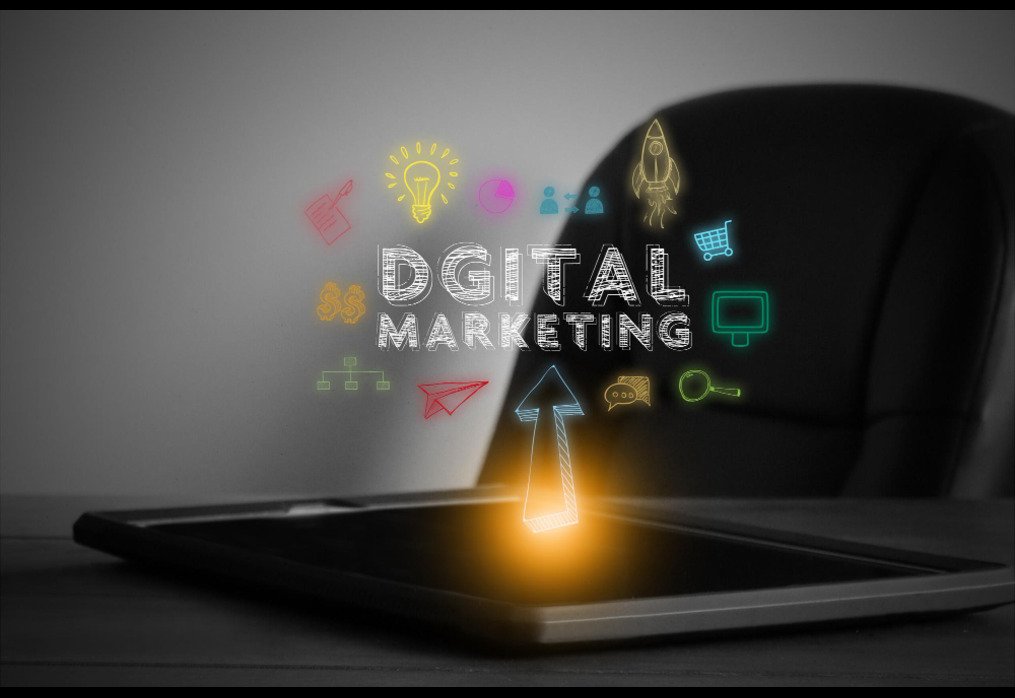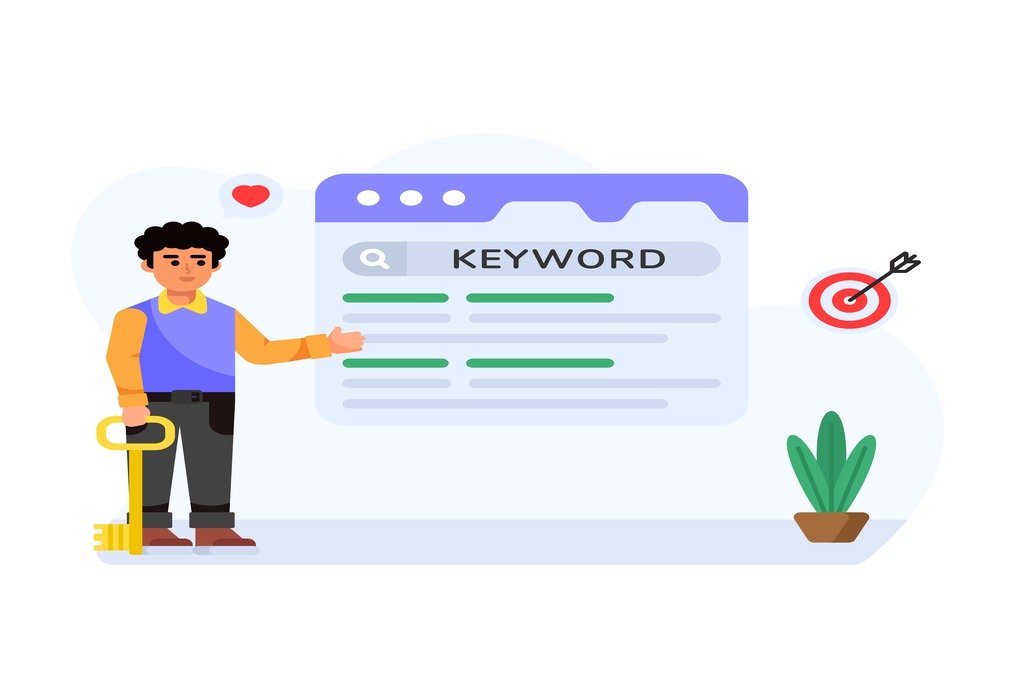5 Main Pillars of Digital Marketing: Your Blueprint to Online Success
Digital marketing has become the backbone of any successful business strategy in today’s fast-paced world. Digital marketing refers to promoting products or services using various digital channels like the Internet, social media, email, and search engines. It’s like spreading the word about your business online, reaching out to potential customers where they spend most of their time – on their phones, computers, and tablets. Pillars for Online Digital Success Think of digital marketing as a sturdy building supported by pillars. These pillars are the fundamental principles and strategies that hold your online presence together and help your business thrive in the digital landscape. Understanding these pillars is crucial for online success because they guide your digital marketing efforts, ensuring you reach the right audience, engage with them effectively, and drive desired actions such as purchases or sign-ups. Without a solid understanding of these pillars, your digital marketing efforts may lack direction and effectiveness, leading to missed opportunities and underwhelming results. In the following sections, we will delve into the key pillars of digital marketing and explore how each contributes to your online success. These pillars encompass different types of marketing tactics and form the essential parts of any digital marketing strategy. 1.Search Engine Optimization (SEO) Search Engine Optimization, or SEO, is like giving your website a passport to the internet world. It’s optimizing your website to rank higher in search engine results pages (SERPs) like Google, Bing, or Yahoo. SEO is super important because it helps people find your website when they search for things related to your business. When your website shows up higher in search results, it gets more visibility, which can lead to more traffic and potential customers. Key Components of SEO Keyword ResearchKeywords are the words or phrases people type into search engines when looking for something. Doing keyword research helps you understand what your target audience is searching for so you can optimize your website content accordingly. On-page OptimizationThis involves optimizing elements on your website pages like titles, headings, meta descriptions, and content to make them more search engine friendly. It’s like ensuring your website speaks the same language as search engines. Off-page OptimizationOff-page optimization is all about building credibility and authority for your website through external factors like backlinks from other reputable websites, social media mentions, and online reviews. It’s like getting recommendations from others that tell search engines your website is trustworthy and relevant. Impact on Website Visibility and Organic Traffic When you have a solid SEO strategy in place, your website becomes more visible to people searching for products, services, or information related to your business. By appearing higher in search results, you attract organic traffic – visitors who find your website naturally through search engines without you having to pay for ads. SEO is like planting seeds in a garden. With proper care and attention, your website can grow and bloom, attracting more visitors and opportunities for your business to flourish online. It’s one of the most essential pillars of digital marketing and a vital part of any successful online strategy. 2.Content Marketing Content marketing is like storytelling for your brand. Creating and sharing valuable, relevant, and consistent content to attract and engage a specific audience is the art. Unlike traditional advertising, which pushes products or services onto people, content marketing focuses on providing value and building relationships with your audience. Content marketing is super important because it helps you connect deeply with your audience. By providing helpful information, entertaining stories, or inspiring messages, you can build trust and credibility with your audience, making them more likely to engage with your brand and eventually become customers. Elements of Effective Content Marketing Creation of Valuable ContentThe heart of content marketing lies in creating content that resonates with your audience. This could be blog posts, videos, infographics, podcasts, or social media posts that educate, entertain, or inspire your audience. Understanding Target AudienceTo create effective content, you need to know who your audience is – what they like, their challenges, and their questions. By understanding your audience’s needs and preferences, you can tailor your content to their interests and pain points. Content Distribution ChannelsCreating great content is just the first step. You also need to distribute it effectively to reach your audience where they are. This could involve sharing content on your website, social media platforms, email newsletters, or partnering with influencers or other websites to amplify your message. Role in Building Brand Authority and Engagement Content marketing plays a crucial role in building brand authority and engagement. You position your brand as a trusted resource in your industry by consistently delivering valuable content that educates, entertains, or inspires your audience. This helps establish credibility and authority, making your audience more likely to choose your brand when they are ready to purchase or take action. Moreover, engaging content encourages interaction and dialogue with your audience, fostering community around your brand. Whether through comments, likes, shares, or direct messages, content marketing creates meaningful engagement and relationship-building opportunities with your audience. 3.Social Media Marketing (SMM) Social Media Marketing, or SMM, is like throwing a party for your brand on social media platforms like Facebook, Instagram, Twitter, LinkedIn, and TikTok. It’s using these platforms to connect with your audience, build your brand, and drive desired actions like website visits or product purchases. SMM is essential to digital marketing because it allows businesses to reach and engage with their target audience, where they spend significant time – on social media. Components of a Successful SMM Strategy Platform SelectionLike every party has its vibe, each social media platform has its unique audience and features. The first step in a successful SMM strategy is choosing the right platforms where your target audience hangs out. For example, if you are targeting professionals, LinkedIn might be the place to be, while if you are targeting a younger audience, platforms like Instagram or TikTok might be more suitable. Content Creation and CurationContent is the life of the party in social media marketing.
5 Main Pillars of Digital Marketing: Your Blueprint to Online Success Read More »













